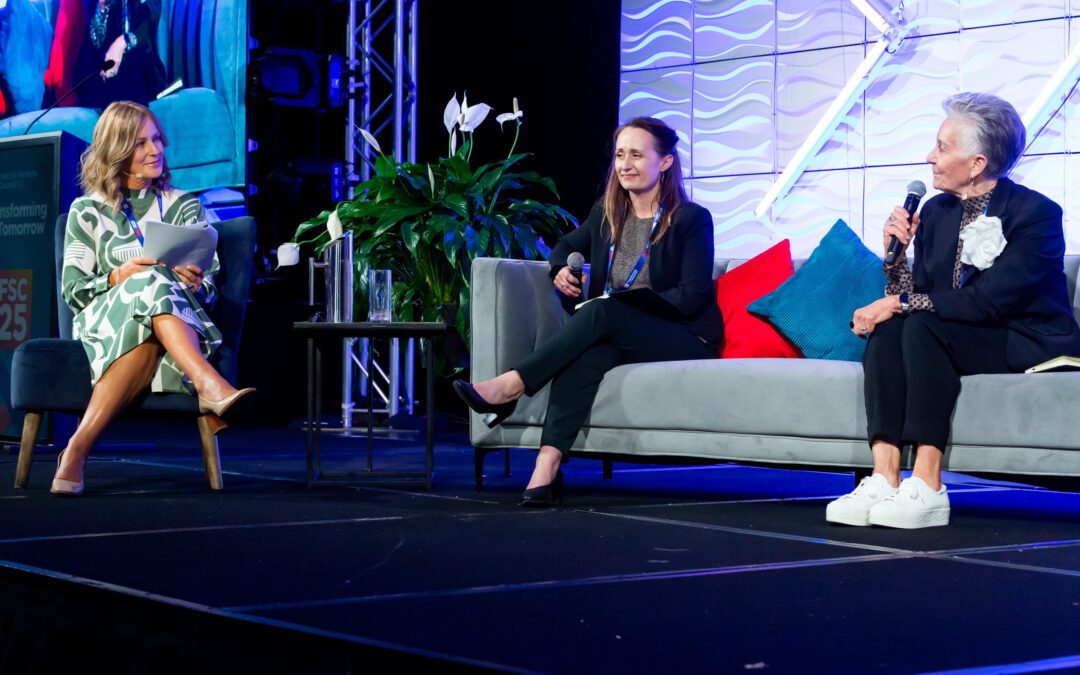At enable.me, we tend to consider a ‘new build’ to be a better investment choice than an existing property. Not that an existing property wouldn’t make a great place to live! But from an investment perspective, a new build could be a better option.
And there are some compelling reasons why.
One of the key reasons is that, in the current climate, mortgage interest costs are tax deductible on a new build property.
When you own an investment property, that property earns you an income through rent. However, to earn that income investors incur significant costs – like interest, rates, insurance, and maintenance. These costs can be deducted from the income (the rent the tenants pay) before you determine the profit you pay tax on.
The key thing to note here is that, under current legislation, mortgage interest is only counted as an expense if the investment is a new build property.
So, if you buy an existing property (see definition below), your mortgage costs can’t be deducted from the income your investment makes. That means your property technically makes a larger ‘profit’ which you then have to pay tax on. This makes holding your investment property more expensive to hold (and frankly, harder to maintain for the long term).
While tax deductibility is a pretty big drawcard for a new build investment property, it’s not the only reason we think a new build is a better investment option. (After all, legislation can change, and different tax rules could impact your ability to hold the property or the property’s ability to generate income – at which point you’d want to re-assess the suitability of your investment property to your investment goals and potentially replace it.)
So, some of the other reasons we prefer new builds are:
You pay a lower deposit.
When you buy a new build property as an investor, you only need to have a 20% deposit to secure a mortgage compared to the 35% deposit you’ll need to buy an existing property for an investment.
That’s a fair chunk of change, and depending on your financial situation, could be the difference between being able to secure an investment property today, or having to wait a lot longer. Even if you do have enough to cover a 35% deposit, only having to front up 20% means you could invest the extra elsewhere.
They’re healthy homes compliant
As well as having to put up less of your own cash or equity to begin with, one could argue you’re getting a better property for your buck.
Many new build properties today are built up to healthy homes standards thanks to the building code.
If you buy an existing property, however, there’s no guarantee that it’s up to scratch and you’ll have to organise and pay for any upgrades needed to make it compliant with the current standards.
They come with a 10-year guarantee on build and materials
On top of being healthy homes compliant, all new build properties in New Zealand are covered under the ‘implied warranties’ of the Building Act 2004 which are valid for 10 years.
Some builders may offer additional cover in the form of a Master Builders or Certified Builders Guarantee, and some larger group builders offer their own form of guarantee consistent with the Building Act of 2004.
At a minimum, these warranties ensure the building work will be consistent with the Building Act and Building Code, so, if your roof leaks – or something else breaks that’s not part of normal wear and tear – it’s likely to be covered by the guarantee and fixed at no cost to you.
When you buy an existing home, it’s likely that protection expired many moons ago – or, at best, you only have a couple of years left. If the property requires major fixes, you’ll need to pay for those out of your pocket.
There’s little to no repairs or maintenance
Not only are major repairs likely covered by a building guarantee, but it’s also less likely the property will require major maintenance or repairs as everything is so new.
An existing property, for example, may require new carpeting, replacement of the roof or guttering, or an appliance upgrade, while a new build comes with those installed brand-spanking new and should ideally last for some time before needing to be replaced.
There may be a delayed settlement
This is a bit of an unsung hero in the property investment world – and doesn’t apply if you’re buying once the property is complete.
But with many new build properties, you’re signing the dotted line early on in the building process.
This means you have extra time to ensure you have enough wealth or equity to pay the rest of the 20% deposit (as you’ll need to put 10% down when you go unconditional on the property) and further strengthen your financial position to ensure you’re able to hold for the long term.
They come with a shorter Brightline test
Finally, when the Government changed the tax deductibility criteria, they also extended the Brightline test for existing properties from 5 years to 10 years.
This means that you now need to have owned the investment property for 10 years before you can sell it without having to pay tax on the capital gains.
For new builds, however, this Brightline period is only 5 years. And while we advocate buying and holding for the long term, this does offer a little extra flexibility in the event your circumstances change, and you end up needing to sell your investment property earlier than anticipated.
OK, I’m sold. But what constitutes a ‘New Build’?
Now that you understand why a new build is the superior choice, you might be wondering what properties can be considered “New”?
According to the IRD, a new build property is a self-contained residence that is issued a code compliance certificate on or after the 27th of March, 2020. And therefore, any property that was built and issued its CCC before then, is considered an existing property.
But unless you go digging into the details to see when the CCC was issued, the easiest way to ensure you’re buying a new build is to buy one:
- off the plan – before construction has started,
- during the build – construction has started and is ongoing, or
- upon completion – construction has ended, but no one’s lived in it yet.
This guarantees that the property you’re buying follows the IRD’s requirements for what constitutes a new build from a tax perspective and allows you to take advantage of the benefits buying a new build investment property provides.
So, if you’re in the market for an investment property and you’re just starting to decide on what criteria that property will need to fit into, we advise that ‘new’ is high up on that list.
We’d also recommend that you chat with a financial adviser to see how property investment fits into your overarching financial and wealth plan. This will help ensure you’re buying a property that fits in with your financial situation and will help you achieve your financial goals – rather than impede financial progress.

Book a consultation to chat with an enable.me financial adviser and coach about your investment plans today. (Fees apply).
Disclaimer: This blog post is for informational purposes only and does not constitute individual financial advice. If you’re interested in receiving financial advice, you can book a consultation with an enable.me coach. Costs apply.


